Heidegger and Carnap famously argued over whether metaphysics has any real content or is meaningless nonsense. Carnap called metaphysicians “musicians without musical ability” and thought science could give us the answers to all meaningful questions. But Heidegger insisted that metaphysics is needed to answer some of our deepest questions, like why there is something rather than nothing and what silence can teach us about the nature of ‘nothing’, writes Roy Sorensen.
In his 1932 inaugural address “What is metaphysics?”, Martin Heidegger ends: “Why are there beings at all rather than nothing?” There followed a respectful silence. Did Professor Heidegger’s audience hear the silence? Or did they just fail to hear anything? Rudolph Carnap, as a logical empiricist, defers to the physicists of his era: We hear only sound. Silence is the absence of sound. Therefore, no one hears silence. Martin Heidegger thinks physics must defer to metaphysics. Metaphysics goes beyond an inventory of entities. A complete description of the universe requires the ending: there is nothing more. This ending is the beginning of metaphysics.
All English speakers know how to use `be’. The grammarian therefore attends to its everyday usage. All human beings know being. The metaphysician therefore attends to the everyday experience of being.
Silence is savored by Heidegger in his winter hut in the Black Forest. His enjoyment is not a mere relief from hearing. Thanks to the snow, thanks to the solitude, Heidegger hears the nothing.
___
There is no sound of silence. There is no veil of appearance covering the nothing-in-itself. Hearing silence is a direct perception of nothing.
___
Silence can be heard with a single ear. But Heidegger hears a single silence with two ears. The particular silence at the end of his lecture was heard by a hundred ears. Instead of there being as many silences as there are members of the audience, there is a single silence heard by all.
Social silences can be further scaled up. Pope John II died at 9:37 pm April 2, 2005. Exactly one year later, there was a national moment of silence in Poland. The same silence was heard across the country. Simultaneously, there was a moment of darkness. When the candles went out, the night came in. There is a look to the absence of light: DARK. In contrast, there is no sound of silence. There is no veil of appearance covering the nothing-in-itself. Hearing silence is a direct perception of nothing.
Franz Brentano, who taught Heidegger’s teacher Edmund Husserl, maintained that intentional mental states are always transitive. When you think, you think about something. When you hear, there is something that you hear. If you hear silence, must the something you hear be a nothing?
Critics of Brentano’s intentionality principle deny that an absence can be an object of perception. They compare hearing to counting. Usually, there are some things that get counted. But occasionally, we count intransitively. A student shows she can count in German by simply listing the German numerals in the correct order: eins, zwei, drei, . . .







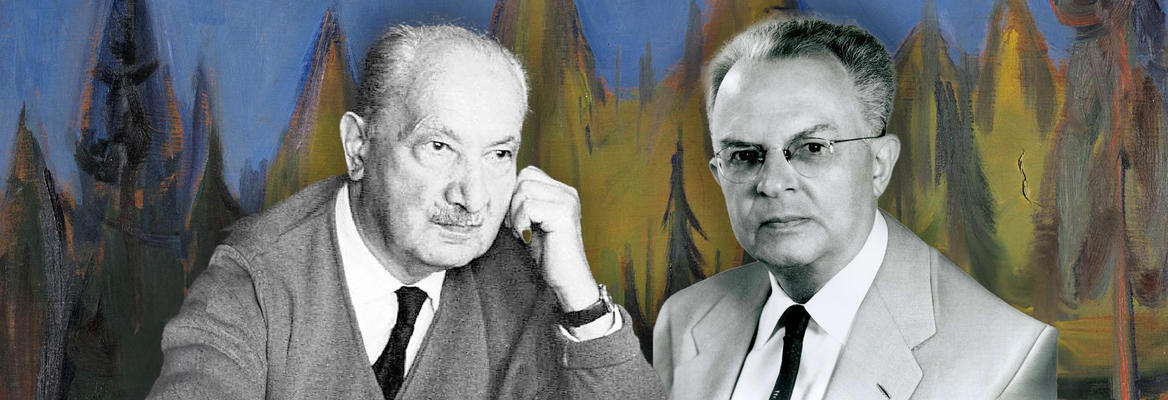






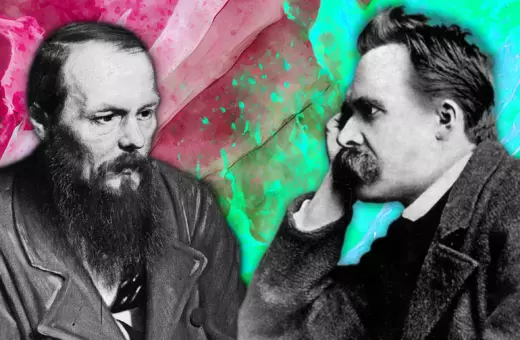

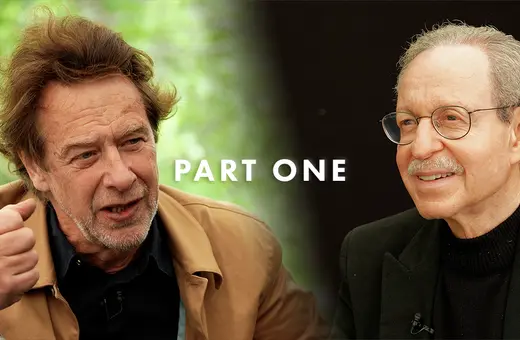
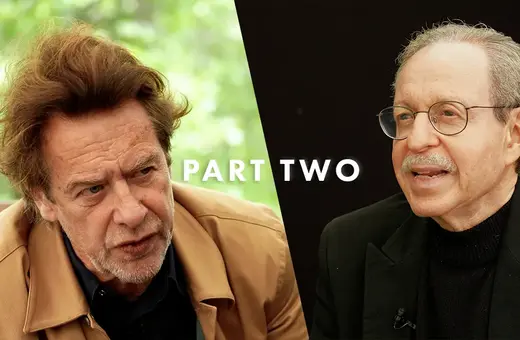
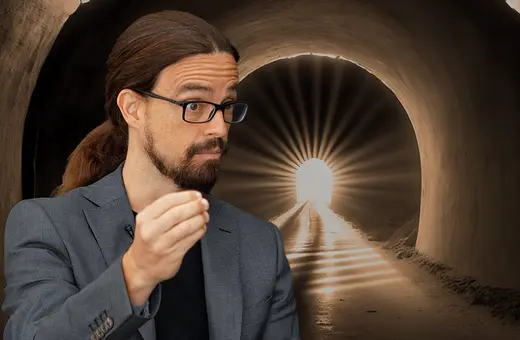

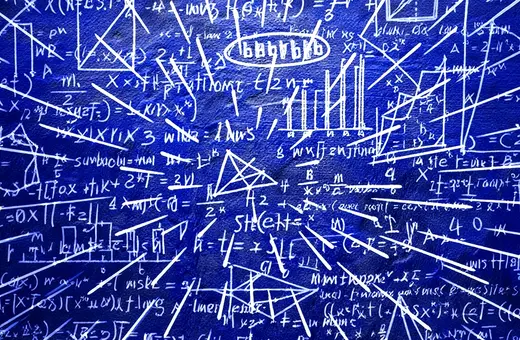
Join the conversation